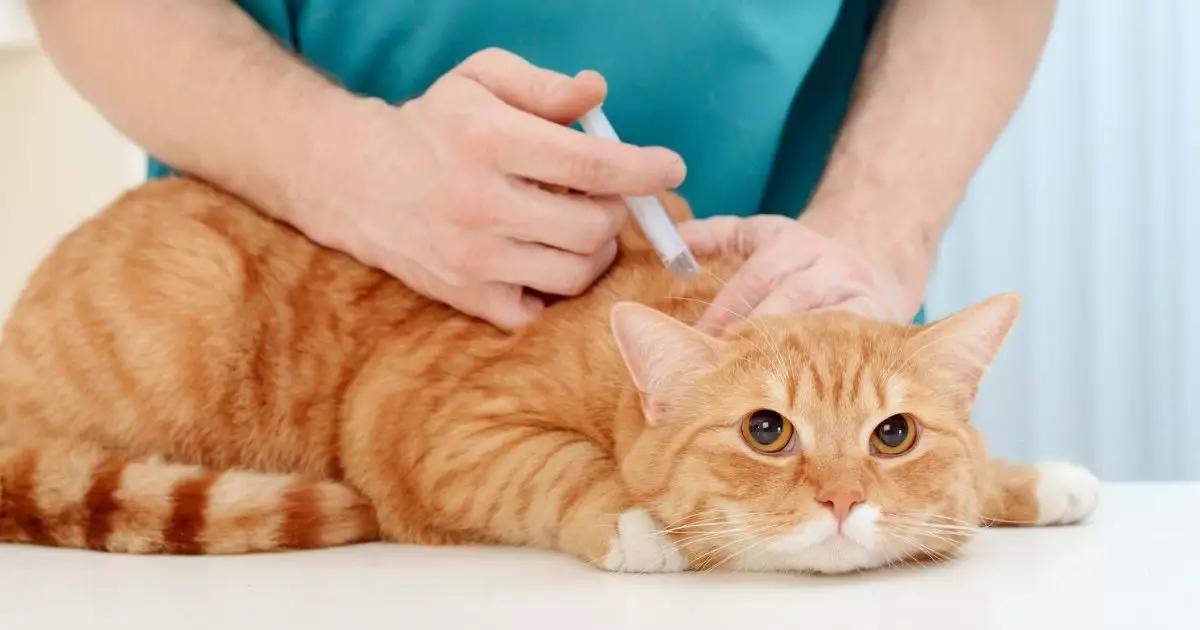Penicillin, a notable antibiotic derived from the Penicillium fungi, remains a cornerstone in the arsenal of veterinary medicine, particularly for treating bacterial infections in cats. This medication belongs to the beta-lactam class of antibiotics and operates by interfering with the synthesis of the bacterial cell wall, leading to bacterial death. Although it was discovered over 90 years ago, its significance in managing infections in cats endures, thanks to its potency and relative safety profile when utilized correctly.
Penicillin primarily combats gram-positive bacteria, which include various species such as Staphylococcus, Streptococcus, and Clostridium. These pathogens are responsible for a range of conditions affecting our feline friends, from skin infections and respiratory issues to urinary tract infections and gastrointestinal disorders. Additionally, it’s indispensable in preventing infections from surgical wounds, illustrating its multifaceted role in veterinary treatments.
The prescription of penicillin in feline medicine isn’t without its caveats, as it is often reserved for specific cases guided by a veterinarian’s expertise. For instance, it is utilized in serious infections like septicemia and peritonitis, where swift action is necessary to curtail the spread of pathogens. Despite its efficacy, it’s worth noting that certain formulations of penicillin, such as Penicillin V, are not FDA-approved for pets, although veterinarians may prescribe them in an “off-label” context based on clinical judgment and the unique circumstances surrounding the patient’s health.
However, owners should be cautious. The decision to administer penicillin is not trivial; it must be tailored to the individual cat’s condition, weighing factors such as the nature of the infection, the feline’s weight, and overall health status.
The appropriate dosage of penicillin is a crucial consideration in ensuring successful treatment. This variability relies on the infection specifics and the cat’s physical attributes. The injectable version, Penicillin G, generally falls within a dosage range of 10,000 to 25,000 units per pound, which veterinarians might prescribe multiple times throughout the day depending on the severity of the infection. For oral administration, the common dosing level rests at 5 to 10 mg per pound, once a day. The treatment duration is typically prescribed anywhere from 7 to 14 days, but compliance with the full course is critical, even if symptoms seem to improve sooner.
Failure to complete the regimen can contribute to antibiotic resistance—a concerning outcome that complicates future treatment options. Owners must understand the essential role they play in their cat’s recovery through diligent adherence to prescribed treatments.
Storing penicillin appropriately is another significant aspect that pet owners should be aware of. Oral tablets should be kept in controlled environments, shielded from moisture and light. Injectable forms of penicillin may require refrigeration to maintain their efficacy. Following storage guidelines outlined by the veterinarian or the medication packaging is vital to ensure the antibiotic’s potency.
While penicillin is generally well-tolerated, potential side effects do exist. Common reactions include gastrointestinal disturbances, which may manifest as vomiting or diarrhea. Although these side effects are typically mild, allergic reactions pose a serious risk and necessitate immediate veterinary intervention. In rare situations, significant behavioral changes or neurological manifestations, such as seizures, may be noted, reinforcing the importance of monitoring your pet during treatment. Long-term antibiotic use, including penicillin, can also disrupt the gut microbiota, potentially leading to secondary infections, a risk that must be approached with caution.
Interpharmaceutical interactions are critical to consider when a cat is being treated with penicillin. Co-administration with certain other medications, especially specific antibiotics or immunosuppressants like methotrexate, can lead to complications. Therefore, it’s paramount for owners to divulge their cat’s comprehensive medical background, including any past reactions to antibiotics, to the veterinarian before initiating treatment.
Additionally, veterinary caution is essential when considering antibiotic therapy for pregnant or nursing cats due to potential risks to both the mother and her kittens.
In cases of missed doses, veterinary guidance is paramount to ascertain the best course of action. Typically, if reaching the missed dosage is feasible well before the next dose, it can be given. If not, it’s advisable to skip it to maintain the established dosing schedule. Over-medication can lead to deleterious effects, emphasizing the need for careful attention and responsibility among pet caregivers.
Penicillin stands as a powerful ally in combating bacterial infections in cats, still relevant in modern veterinary practice. Understanding its applications, administration, potential interactions, and side effects is essential for ensuring that feline patients receive the best care possible. As always, consistent communication with a veterinarian remains vital to optimize treatment outcomes and safeguard your beloved pet’s health.
